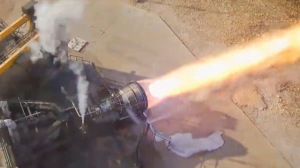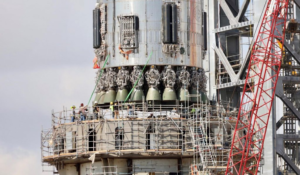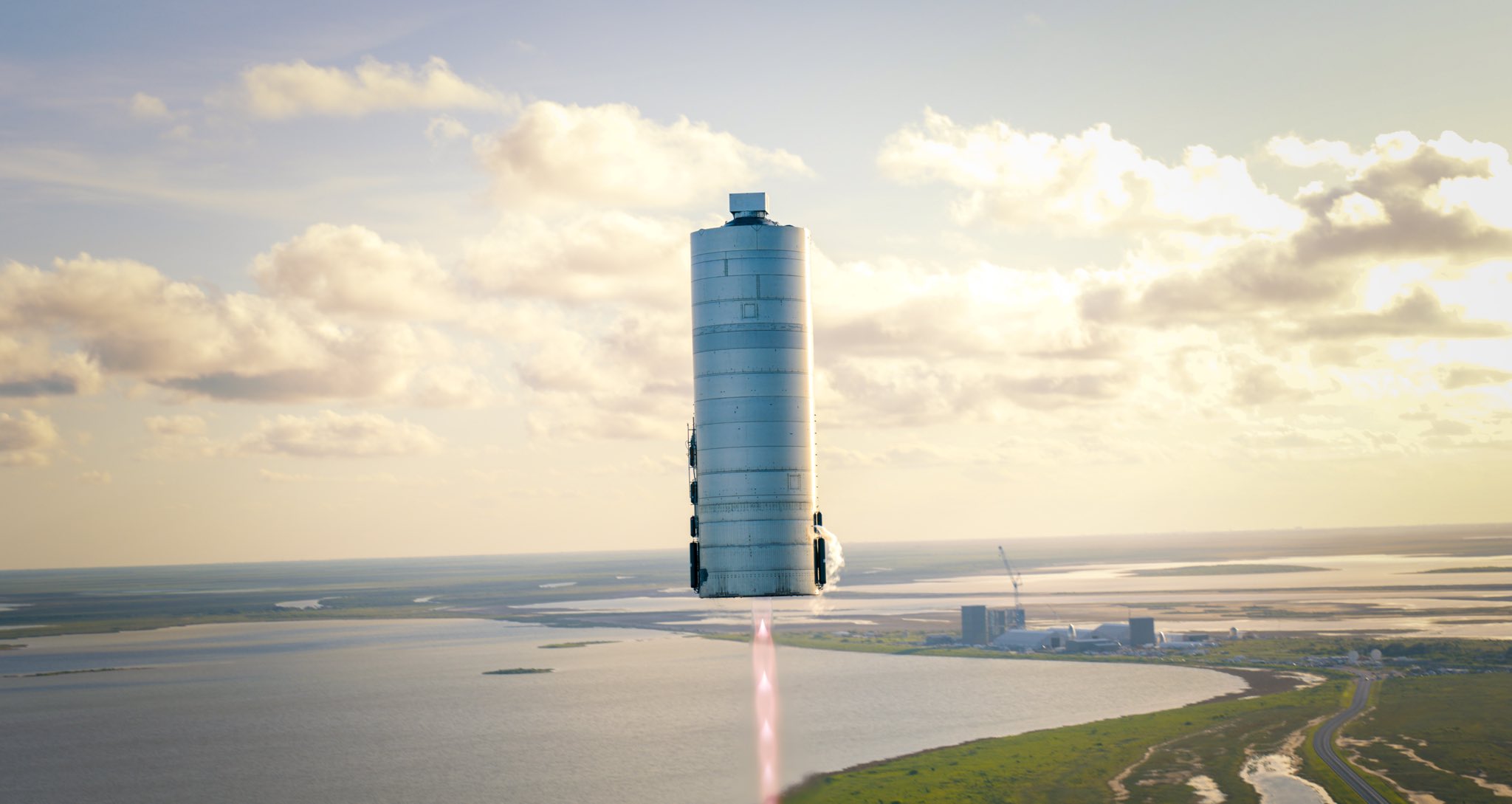
How SpaceX Have Developed Starship In Record Time
With Starship’s first orbital test flight just around the corner, it’s clear to see how fast SpaceX has progressed. Within the last few years, they have turned an idea into a working rocket. Along with this they have built a massive production site and launch pad for Starship. When looking at other rockets development time Starship does not compare. If SpaceX keeps at this pace they will have a fully working Starship rocket in no time.
What Is Starship?
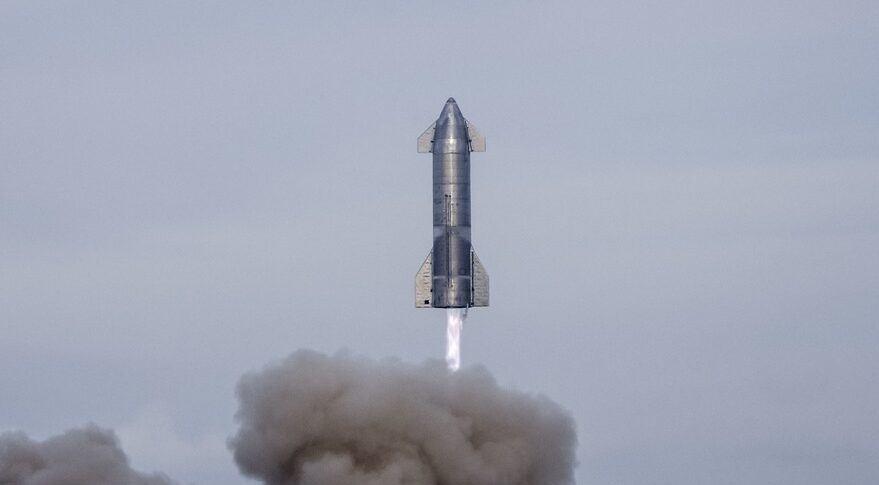
Starship is SpaceX’s newest rocket currently under development. Once finished Starship will be the most powerful rocket in the world. The main purpose of Starship is to bring the first humans to Mars. While Starship is meant for the red planet it also will have many benefits elsewhere. Starship will be capable of bringing around 100 tons into low Earth orbit. This will allow them to bring massive amounts of cargo up into space. Another plan for Starship is Earth to Earth travel. Elon Musk has stated that Starship could be used to transport humans across the world in only 30 minutes.
Starship is made up of two sections. The first stage is called Super Heavy and is the booster. The second upper stage is called Starship. Together they have a combined over 30 engines. Starship is also fully reusable, this helps speed up launches and dramatically reduce costs. After separation, the booster falls back to Earth and orients itself back towards the launch pad with its large grid fins. Once near the launch pad, it does a final landing burn to slow itself down to where it can be caught out of mid-air from arms connected to the launch tower. As for the upper stage, it will belly flop all the way down until it gets close to the ground where it relights its engines and flips upright for landing. If you want to learn more about Starship check out another one of my articles here.
Development Time Comparison
To understand how fast SpaceX is progressing below is a chart with some other rocket development programs. The chart includes future rockets and how long it’s taking to develop each one. Keep in mind Starship is set to be more powerful and complex than each of the rockets listed below. Another thing to point out is that there has not been a single launch of any of the rockets below except Starship. New Glenn has been in development for the same amount of time yet we have not seen the rocket even light its engines.
| Rocket | Length of Development |
|---|---|
| Starship | 5 Years |
| SLS | 7 Years |
| Vulcan 5 | 7 Years |
| New Glenn | 5 Years |
Where Is It Being Developed?
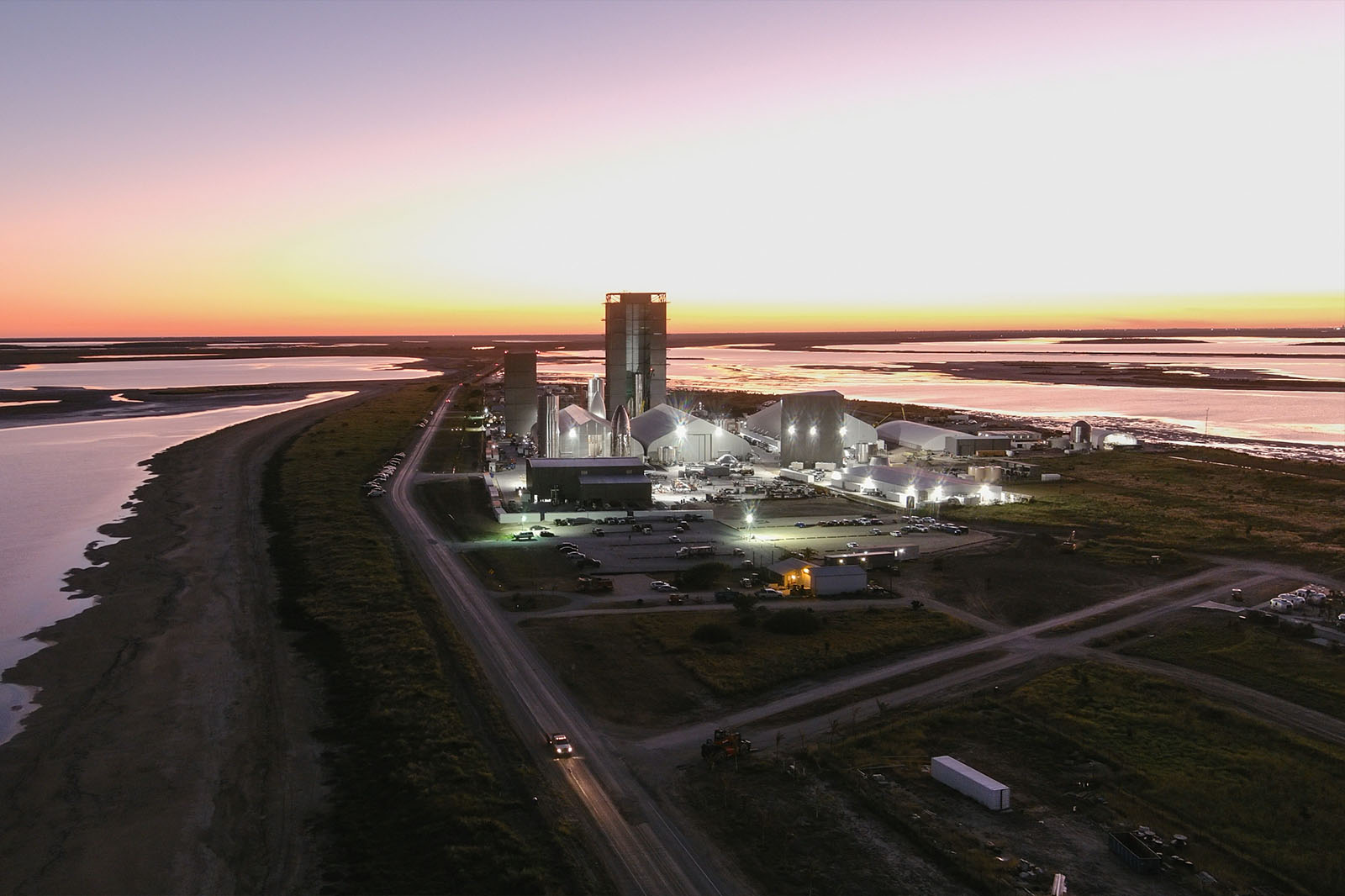
Starship is being developed at Starbase in Boca Chica Texas. Starbase is the name for the launch and production site that is currently under construction. Here SpaceX has built a production site that produces the Starship rocket. They are also working on a massive launch complex capable of launching and catching Starship. Similar to the rocket SpaceX has developed this site extremely quickly. This fast pace is the reason an orbital test flight is already up next. There have already been many Starship tests at this launch site including static fires, pressure tests, 150m hops, and even 10km launches. Below I will go more in-depth into Starship’s testing campaign which is the main reason for their quick development.
Starship Testing Campain
Starhopper Flight – In August 2019 one of the first tests related to Starship took place. Starhopper was built to test their construction and mainly their Raptor engine. During this flight, Starhopper took flight and went up to 150m in the air. It then slowly descended back down to Earth and landed safely on the launch pad. This was a massive milestone for SpaceX and their Starship testing campaign.
SN5 – August 4th, 2020 was the launch of SN5 (Serial Number 5). Unlike Starhopper, SN5 was a lot larger and actually was the core of the Starship upper stage. SN5 was equipped with one gimbaled raptor engine and multiple landing legs. After take-off, it was launched to 150m where it then slowly came down and successfully landed.
SN6 – September 4th, 2020 only a month after the last launch SpaceX tested SN6. This launch had a very similar result to the one before it. After take-off, it went up to 150m and then slowly came back down to successfully land on the launch pad. While very similar to SN5, SN6 was a completely brand new rocket that gave SpaceX more experience in construction, assembly, launching, and more. SN6 also marked the last time SpaceX wanted to test a 150m hop.
SN8 – December 8th, 2020 SpaceX attempted a 12.5km launch of SN8. Unlike the previous test models, SN8 was equipped with a nosecone, flaps, and three Raptor engines. This was a very important test as most aspects had never been tested before. Soon after launching the rocket was sent up into the air. While heading up to 12.5km it would cut off some of the engines until at the final height. Once at 12.5km it cut the final engine and went into its belly flop position. SN8 belly-flopped all the way down and relit its engines for the flip maneuver. All three engines initially relit and flipped the rocket upright as intended. However, while descending the last bit of distance there were some engine problems and the rocket hit the ground too hard resulting in an explosion. While SN8 did explode the launch test was still considered a massive success.
SN9 – February 2nd, 2021 was the next try at a 10km launch. Similar to the SN8 launch most parts of this test were the same. The main difference being SN9 was a completely different rocket with different engines. The rocket successfully got 10km high then belly-flopped all the way down. Just like SN8 soon after relighting the engines for landing, there was an issue and it came in too hot. This resulted in another explosion of the test vehicle.
SN10 – March 3rd, 2021 SpaceX launched SN10. Each test model was equipped with more and more updates to improve them. Just like the previous model it went up to 10km. After belly-flopping all the way down it relit its engines and they were mostly successful. The engines were able to create enough thrust to swing the rocket and slow it down. Because of this it hit the launch pad and landed without exploding. However not too long after it had landed SN10 blew up on the launchpad. The rocket had landed a bit too hard which damaged it. Despite this late explosion, it was the first landing after a belly flop which was a large achievement for SpaceX.
SN11 – March 30th, 2021 SN11 took flight in Boca Chica. This test was SpaceX’s fourth aimed at launching the rocket to 10km and safely landing it in one piece. Ufouturnalty SN11 had a plumbing problem and in the middle of the launch it blew up in mid-air prior to landing. The launch had not gone very well but SpaceX continued to look at the data and create new models.
SN15 – May 5th, 2021 Was the historic launch of SN15. On this day SN15 successfully launched to 10km, belly-flopped all the way down, relit its engines, and safely landed on the launch pad. This launch was the first 100% Successful launch of Starship and was a huge milestone for SpaceX. They had completed something never done before and had done it very quickly.
Orbital Test Flight (Upcoming) – While it has not happened yet there is an upcoming orbital test flight for Starship. This will be the first test of the Super Heavy booster and the first full Starship test. The plan is to launch both from the Starbase launchpad and send Starship up into orbit. Once disconnected the booster will fall back to earth and complete multiple landing burns and slowly land in the ocean. The same goes for the upper stage after re-entering Earth’s atmosphere. There are a lot of things that have never been attempted and that could go wrong. However, knowing SpaceX whether the mission is a success or not they will be attempting another soon after.
How Exactly SpaceX Is So Fast
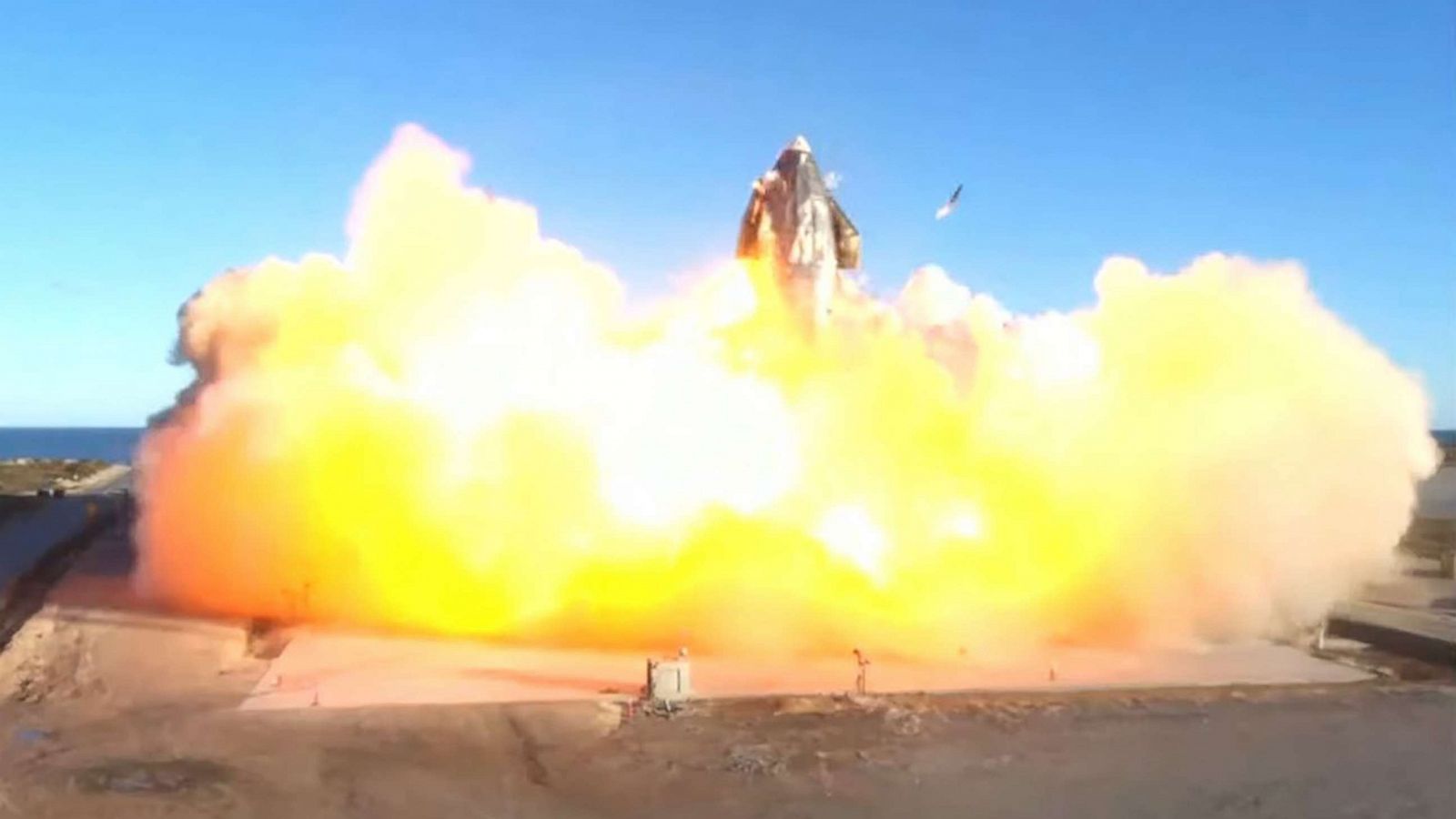
SpaceX is so fast because of its constant work on future prototypes and its rigorous testing campaign. As you can see from the tests above SpaceX was launching the next prototype sometimes within a month from the previous. They were able to do this because of how far ahead they were on production. While SN5 is being tested there are already parts being worked on for SN8. This constant work towards future launches allowed them to constantly test.
The other big part is their testing campaign. SpaceX would work on a prototype, give it a few adjustments, and launch it to get real data. SpaceX does not care if one of these tests launches ends up with an explosion. The important part is the accurate flight data they get from a real launch. If a rocket blows up they gather data, improve the next model, and try again. This has allowed them to make such fast progress in only a few years.
Conclusion
Thanks to SpaceX’s rigorous testing campaign and consistent work on future test flights they have progressed Starship in record time. You can see from their past testing schedule that despite a successful landing or an explosion in mid-air they were testing the next model within a month. SpaceX and Elon have a very ambitious time frame for putting humans on Mars but if they keep up at their current pace it is likely they will make the impossible happen.

